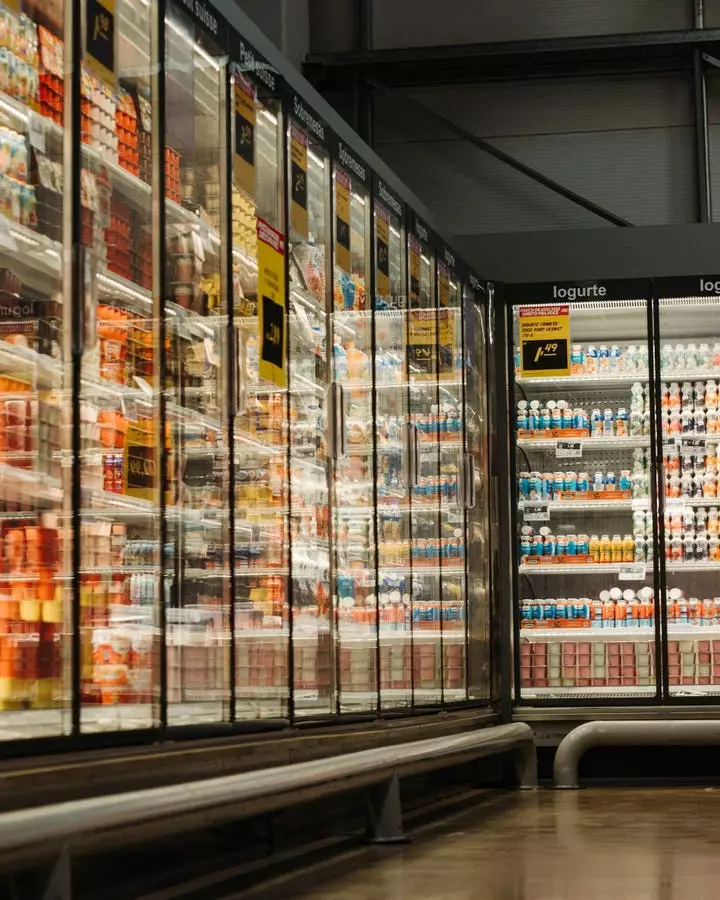The landscape of grocery shopping is about to undergo significant changes due to evolving governmental policies and potential tariffs on imported goods. As consumers brace for the implications of these economic shifts, understanding how tariffs influence everyday grocery prices becomes essential. This article delves into the mechanics of tariffs, their anticipated effects on various produce items, and the resulting economic social behavior adjustments by consumers and retailers alike.
A tariff can be defined as a government-imposed tax or duty on imported goods. The primary intention behind these fiscal measures is to protect domestic industries by elevating the costs associated with foreign products. By doing so, tariffs incentivize consumers and businesses to favor locally produced items, thereby nurturing the national economy. However, tariff provisions often extend beyond mere protectionism; they can also serve as tactics in international trade negotiations. Raising tariffs on imported goods leads to increased costs for companies, which likely translates into steeper prices on grocery store shelves.
Particularly in the grocery sector, the introduction of tariffs can lead to significant price hikes, especially for items that are predominantly sourced from abroad. For example, various fruits and vegetables imported from places like Mexico, Chile, and China often lack adequate domestic alternatives. When tariffs are applied to these imports, the resulting cost increases pose a challenge to grocers, who must ultimately decide whether to absorb these costs or pass them on to consumers.
Certain produce items are particularly susceptible to these shifts. Avocados are a prime example, with a substantial portion of U.S. demand being met by imports from Mexico. As avocados have gained widespread popularity, any increases in import tariffs could have outsized effects on grocery costs. Similarly, citrus fruits like oranges and lemons are often sourced from international markets, especially during the off-seasons, leading to potential price fluctuations as tariffs come into play.
Beyond just staple items, seasonal fruits such as berries (strawberries, blueberries, and raspberries) imported during winter months also face vulnerabilities under this tariff regime. With domestic production unable to meet demand in colder seasons, the impact of rising tariffs on these items could significantly inflate prices.
Garlic, another everyday commodity, sees approximately 80% of the world’s supply produced in China, making it susceptible to tariff increases. Even if some retailers source garlic locally, the majority depend on imports. When tariffs take effect, these essential produce items become scarcer and more expensive, influencing consumer purchasing behavior.
Grocery store chains and smaller markets face a crossroads as they encounter these rising import costs. They may have to navigate the precarious balance of absorbing costs to maintain customer loyalty or passing them on as higher prices. Smaller stores and specialized markets—relying heavily on imports—may find themselves at an even greater disadvantage. This could manifest in reduced product diversity or potentially even closures—alarming realities for many communities.
As the price of imported produce rises, consumers are likely to adjust their shopping habits accordingly. Price-sensitive shoppers might gravitate toward discount retailers or warehouse stores to alleviate the financial burden. On the other hand, heightened costs for imported goods could spur greater interest in local and seasonal produce alternatives. Such shifts in consumer preferences could instigate a resurgence in American agriculture and a more pronounced focus on regional supply chains.
In the coming months, consumers may need to familiarize themselves with seasonal availability for certain products. Grocery stores may curtail imports as a strategy to control costs, prompting shoppers to embrace more local shopping patterns. As this change occurs, the grocery landscape could see a marked transition toward less diversity but greater focus on regional products.
The impending rise in grocery prices—stemming from new tariffs—illuminates how international policies can ripple through local economies and directly affect consumer behavior. While the intention behind these tariffs may aim to bolster U.S. industries, the repercussions for everyday consumers are palpable. Grocers and shoppers alike will need to navigate a new adventure in grocery economics, making choices that adapt to increased prices while potentially promoting domestic agricultural growth. Ultimately, the grocery shopping experience is set to evolve—favoring local goods while signaling the end of the old mainstream variety.

